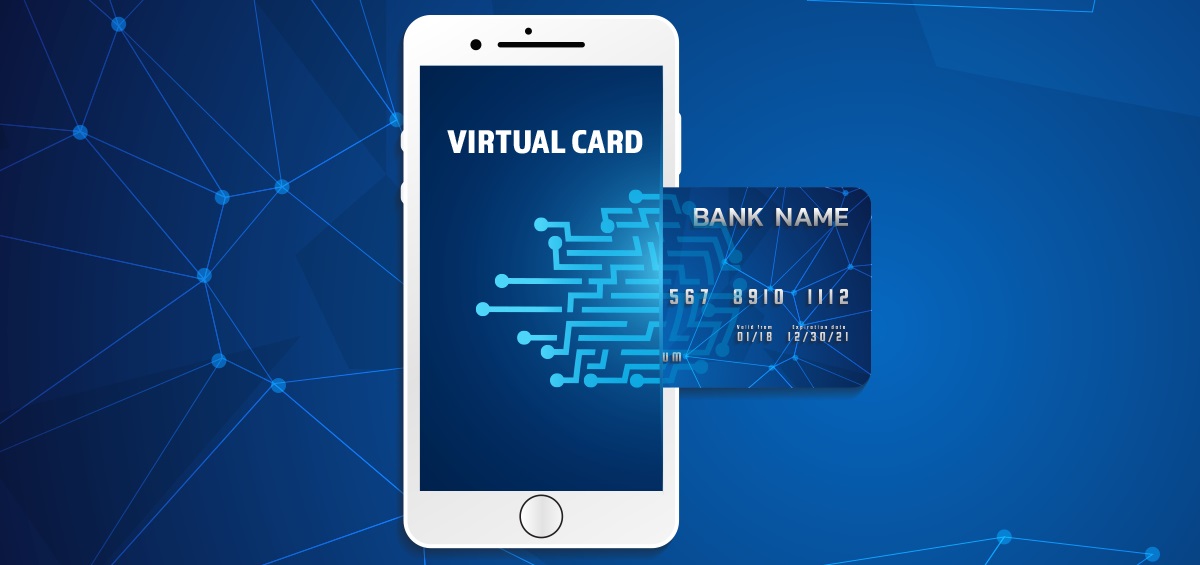In the digital age, where online transactions virtual card have become the norm, security and convenience are top priorities for consumers. One innovative solution gaining popularity is the virtual card. Designed to make online purchases safer and more manageable, virtual cards are becoming essential tools for digital shoppers, freelancers, business owners, and even everyday consumers. But what exactly is a virtual card, and why should you consider getting one?
Understanding the Concept of a Virtual Card
A virtual card is a digital version of a physical debit or credit card. Instead of a plastic card you carry in your wallet, a virtual card exists only in digital form. It typically has a card number, expiration date, and CVV, just like a traditional card, but it’s created and stored online or in a mobile app. These cards are usually linked to your existing bank account, credit card, or payment service, allowing you to make secure transactions online or through apps. Virtual cards are issued instantly and can often be customized or deactivated whenever needed.
Key Benefits of Using a Virtual Card
Virtual cards come with several advantages, making them attractive to modern consumers. Enhanced security is the primary benefit. Since the card details can be easily changed or deleted after a purchase, the risk of fraud and data breaches is significantly reduced. If your virtual card number is stolen, it won’t affect your actual bank account or main credit card. Additionally, virtual cards often support spending limits, expiry settings, and usage restrictions, giving users more control over how their money is used. This makes them especially useful for subscriptions and one-time purchases.
Ideal Use Cases for Virtual Cards
Virtual cards are perfect for various situations. Online shopping is the most common use case, especially when dealing with unfamiliar websites or international merchants. They also work well for managing recurring subscriptions, such as streaming services, cloud storage, or software licenses. If a service is difficult to cancel or known for hidden charges, using a virtual card can prevent unwanted payments after cancellation. Businesses use virtual cards for employee expense management, enabling safe, trackable spending with limits and categories. Freelancers and digital nomads also benefit from virtual cards to receive international payments or manage their business costs efficiently.
How Virtual Cards Improve Online Security
One of the most compelling reasons to switch to virtual cards is their superior security features. Unlike physical cards, which can be lost, stolen, or skimmed, virtual cards are not accessible in the physical world. Most providers offer single-use virtual cards, meaning the card number becomes useless after one transaction. Others offer multi-use cards with customizable expiry dates and limits. Many cards can be frozen or deleted instantly if suspicious activity is detected. Since the card is only valid for a specific merchant or time period, hackers can’t exploit the details even if they manage to obtain them.
Getting a Virtual Card: Step-by-Step Guide
Acquiring a virtual card is usually quick and easy. Start by choosing a virtual card provider—these may include banks, fintech apps, or digital wallets. Popular providers include Revolut, Wise, Payoneer, Capital One, and privacy.com, among others. Once you sign up and verify your identity, you’ll be able to generate virtual cards from the app or website dashboard. You can set preferences like spending limits, duration, and currency. Some cards are linked to your existing credit card or account, while others require you to preload funds. After activation, you’ll receive the virtual card number, expiration, and CVV, which can be used just like a normal card online.
Free vs. Paid Virtual Cards: What’s the Difference?
Many virtual card providers offer free basic plans with limited features, suitable for casual users or one-time shoppers. Free plans typically allow you to generate a few cards per month and give access to basic spending controls. Paid plans, on the other hand, unlock more advanced features like unlimited card creation, detailed analytics, team access, and integrations with accounting tools. Businesses, freelancers, and frequent online shoppers often opt for paid plans to gain better control, reporting, and automation. It’s important to compare different providers and plans to determine which suits your needs best.
Virtual Cards for Businesses and Teams
Businesses can greatly benefit from using virtual cards to manage employee spending and streamline payments. Instead of handing out corporate cards, managers can issue virtual cards for specific vendors, projects, or departments. Each card can be tracked independently, with custom permissions and budget caps. This helps in reducing fraud, ensuring compliance, and improving visibility over expenses. Platforms like BILL Spend & Expense, Airbase, and Ramp offer virtual card solutions tailored for businesses, with dashboards for tracking, approval workflows, and accounting integration. These features make financial operations more secure, transparent, and efficient.
Common Concerns and Limitations
While virtual cards are powerful, they aren’t perfect for every situation. One major limitation is that they can’t be used in physical stores—unless the card is added to a mobile wallet like Apple Pay or Google Pay. Additionally, some merchants or services may reject virtual cards, especially if they require address verification or identity matching. It’s also worth noting that some providers charge foreign transaction fees or inactivity fees, so reading the terms carefully is essential. Lastly, the availability of virtual cards may vary depending on your location and financial institution.
Final Thoughts: Is a Virtual Card Right for You?
virtual card are transforming the way we shop and manage money online. Their flexibility, enhanced security, and ease of use make them ideal for individuals and businesses looking to take control of their digital payments. Whether you’re an avid online shopper, a freelancer managing multiple platforms, or a company seeking better expense control, a virtual card can offer significant benefits. As online fraud continues to evolve, having a tool like a virtual card in your financial toolkit isn’t just smart—it’s essential.
